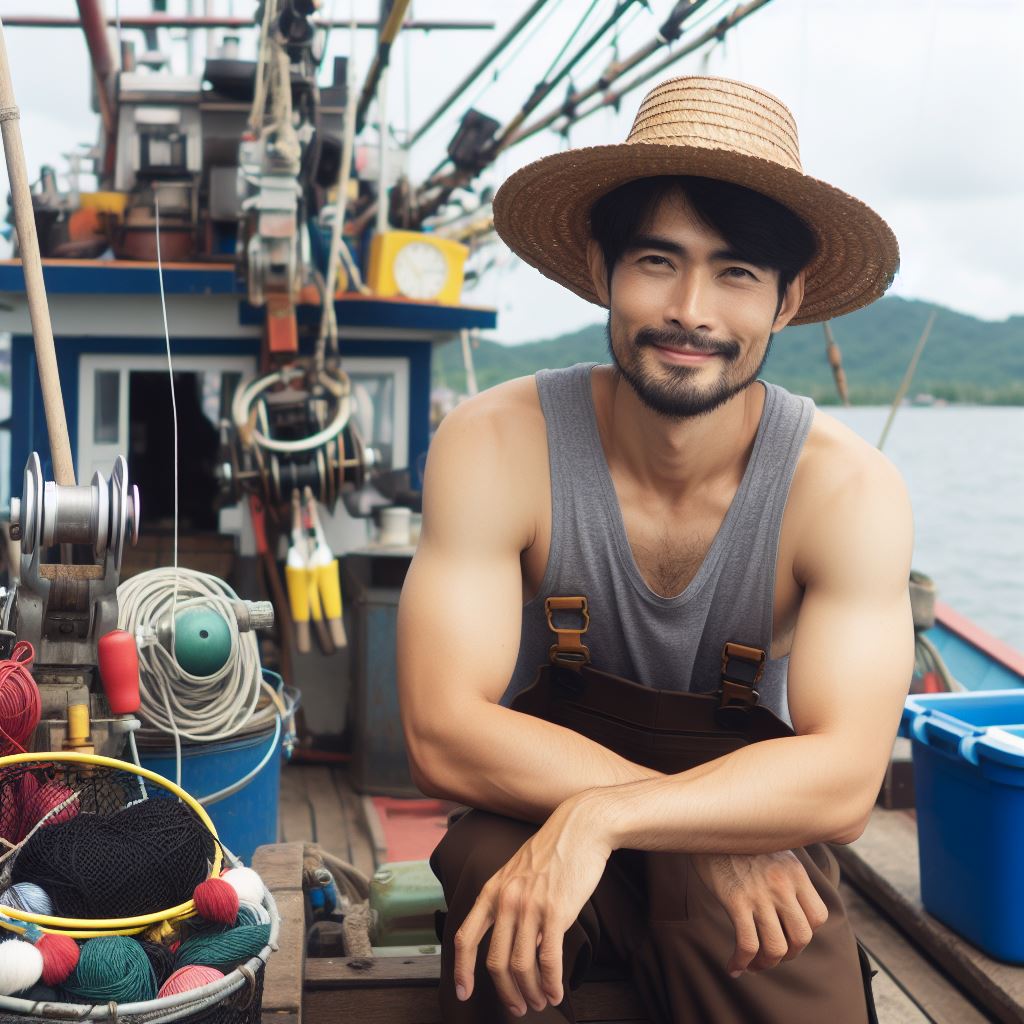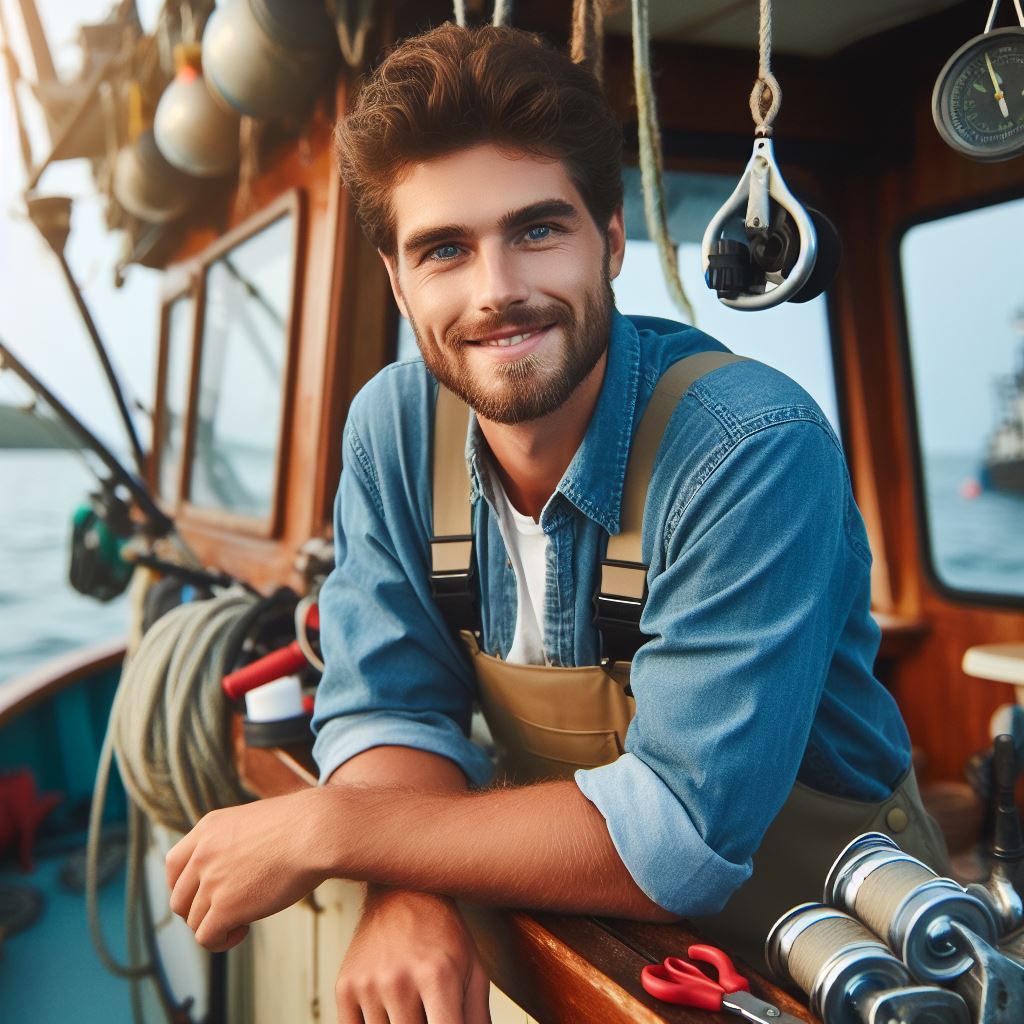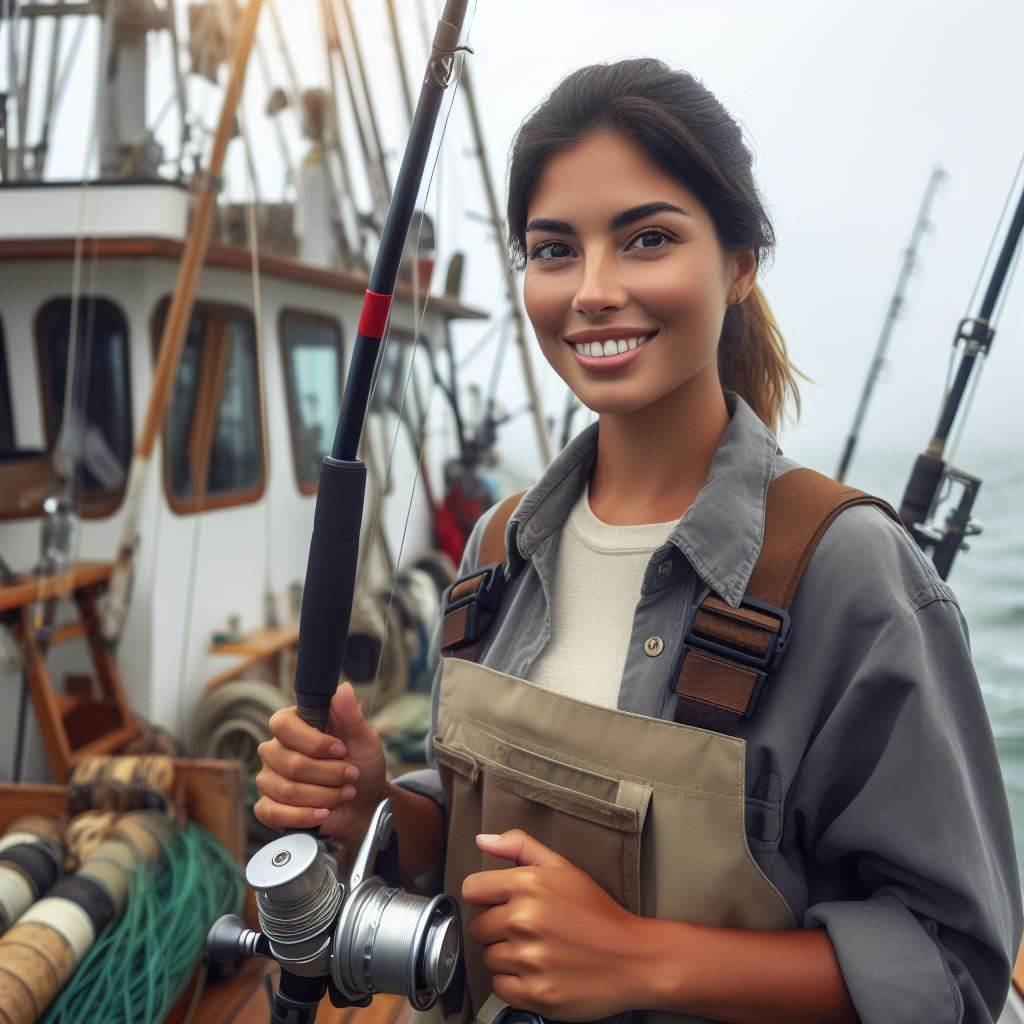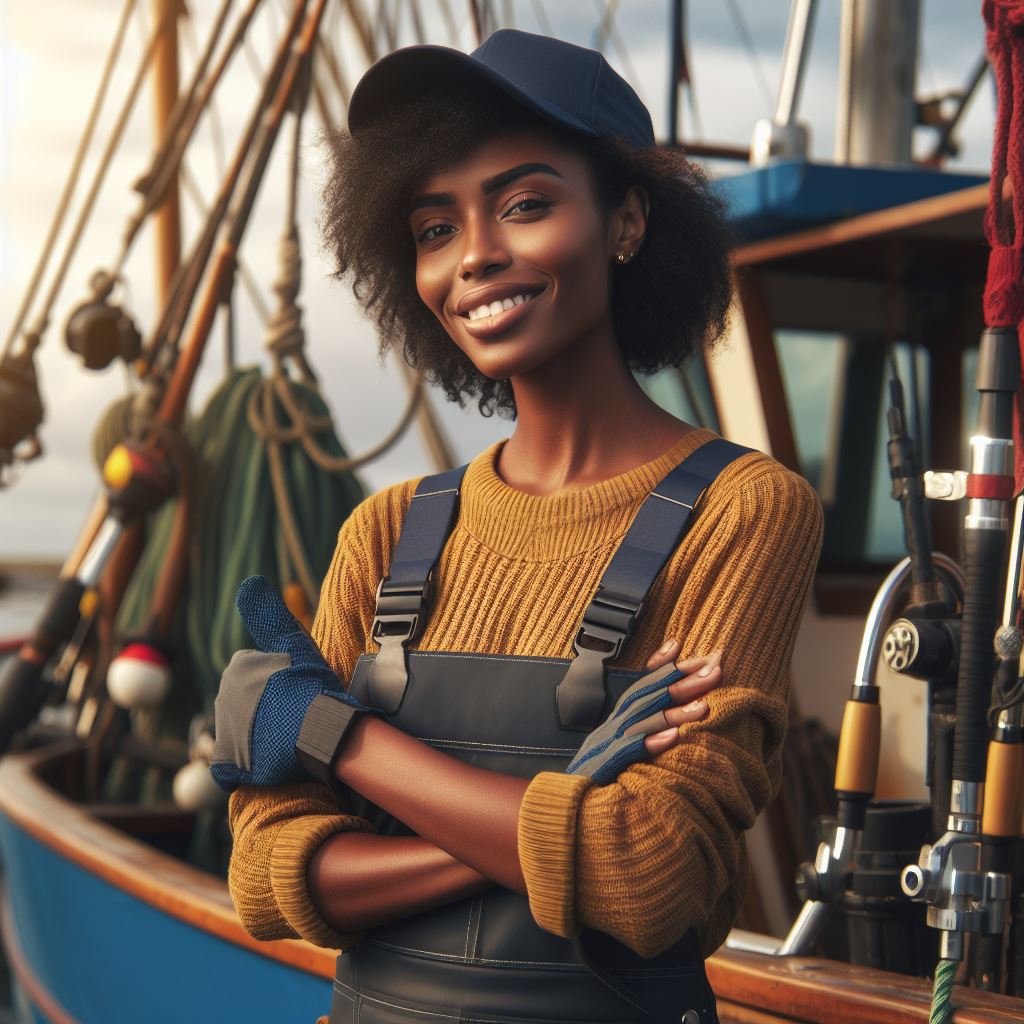Introduction
Sustainable fishing is a method that ensures fish populations remain stable over time.
It’s crucial for maintaining marine biodiversity and supporting the livelihoods of fishermen.
In this blog post, we’ll explore New Zealand’s sustainable fishing practices and how they contribute to a healthier marine ecosystem.
A. Brief Explanation of Sustainable Fishing
Sustainable fishing involves harvesting fish in a way that allows the population to replenish naturally.
This approach considers the long-term health of fish stocks and the marine environment.
B. Importance of Sustainable Fishing
Sustainable fishing is vital for preserving marine ecosystems and ensuring the availability of seafood for future generations.
It helps prevent overfishing and protects endangered species.
C. Focus of the Blog Post: NZ’s Sustainable Fishing Practices
New Zealand is known for its sustainable fishing practices, which are guided by strict regulations and management measures.
We’ll delve into these practices, exploring how they benefit both the environment and the fishing industry.
Overview of NZ’s Fishing Industry
The fishing industry in New Zealand is one of the most important sectors of the country’s economy.
With a vast coastline and abundant marine resources, New Zealand has a thriving fishing industry.
The industry is primarily focused on commercial fishing, supplying both domestic and international markets.
New Zealand’s fishing industry is known for its sustainable practices and commitment to marine conservation.
The industry employs thousands of people and contributes significantly to the national economy.
A. Brief history of the fishing industry in NZ
Fishing has been an integral part of New Zealand’s history for centuries.
Personalized Career Consulting
Unlock your potential with expert career advice tailored to your goals. Get personalized guidance and actionable steps toward your dream career in New Zealand.
Get StartedThe indigenous Māori people have long relied on fishing as a source of food and livelihood.
European settlers introduced commercial fishing practices in the 19th century, leading to the growth of the industry.
Over the years, the fishing industry has become more regulated and focused on sustainability.
The introduction of quotas and fishing limits has helped protect fish stocks and ensure their long-term viability.
B. Importance of fishing to the national economy
Fishing plays a vital role in New Zealand’s economy, contributing billions of dollars annually.
The industry generates significant export revenue through the sale of seafood products.
Fishing also supports related sectors such as processing, packaging, and logistics, creating employment opportunities.
The industry attracts both domestic and international investors, further boosting economic growth.
Sustainable fishing practices ensure the longevity of the industry and its economic benefits.
C. Popular fish species in NZ waters
- Snapper: Snapper is a prized fish species in New Zealand, known for its delicate flavor and firm texture.
- Hoki: Hoki is a commercially important fish in New Zealand, often used in fish and chips.
- Kingfish: Kingfish, also known as yellowtail, is a popular target for recreational anglers due to its fighting abilities.
- Blue Cod: Blue Cod is a local favorite, known for its sweet flavor and versatility in cooking.
- Tuna: Tuna species like Albacore and Yellowfin Tuna are commonly found in New Zealand waters and are sought after by commercial fisheries.
In essence, New Zealand’s fishing industry is a vital component of the national economy.
With a rich history and focus on sustainability, the industry contributes significantly to employment and export revenue.
The country’s diverse range of fish species attracts both commercial and recreational fishing activities, further enhancing its economic importance.
However, it is essential to continue promoting sustainable fishing practices to ensure the long-term viability of this crucial industry.
Read: Fishermen in NZ: Roles, Risks, and Rewards
Transform Your Career with a Professional CV and Cover Letter
Stand out to employers with an ATS-optimized resume and tailored cover letter designed to match your dream role. Let us craft your job application materials for success!
Get StartedChallenges and Threats to Sustainable Fishing in NZ
Sustainable fishing in New Zealand faces several challenges and threats that jeopardize the health of marine ecosystems and the long-term viability of fisheries.
Understanding these challenges is crucial for implementing effective conservation measures and ensuring the sustainability of fish stocks for future generations.
A. Overfishing and Its Consequences
Overfishing is a significant challenge to sustainable fishing in NZ, leading to the depletion of fish stocks and disrupting marine ecosystems.
It results in a decline in fish populations, affecting the balance of marine life and ecosystem health.
B. Environmental Impact of Harmful Fishing Practices
Harmful fishing practices, such as bottom trawling and the use of destructive gear, have severe environmental impacts.
They damage seafloor habitats, destroy marine biodiversity, and contribute to the decline of non-target species.
C. Impact of Climate Change on Fish Populations
Climate change poses a threat to fish populations in NZ waters.
Rising sea temperatures, ocean acidification, and changes in currents and weather patterns can alter the distribution and abundance of fish species, affecting their reproductive cycles and survival rates.
D. Government Regulations on Fishing
To address these challenges, the NZ government has implemented strict regulations and management measures to promote sustainable fishing practices.
These include catch limits, size restrictions, and area closures to protect vulnerable species and habitats.
In a nutshell, sustainable fishing in New Zealand is vital for maintaining healthy marine ecosystems and ensuring the long-term viability of fisheries.
By addressing overfishing, harmful fishing practices, and the impacts of climate change, along with effective government regulations, NZ can continue to be a leader in sustainable fisheries management.
Read: Conservation Laws: Impact on NZ Farming

New Zealand’s Approach to Sustainable Fishing
Sustainable fishing practices are essential to ensure the long-term viability of our oceans and marine ecosystems.
Boost Your Career with a Standout LinkedIn Profile
Attract recruiters and expand your network with a fully optimized LinkedIn profile tailored to highlight your strengths and professional goals. Let your profile open doors to new opportunities!
Get OptimizedNew Zealand, known for its pristine waters and diverse marine life, has been at the forefront of sustainable fishing initiatives.
A. Introduction to Quota Management System (QMS)
The Quota Management System (QMS) is a key component of New Zealand’s approach to sustainable fishing.
It was implemented in 1986 and has since become an internationally recognized model for fisheries management.
The QMS establishes TAC, limiting fish catch per species or fishery.
These limits are determined through scientific research and take into account the health of fish stocks and the sustainability of the ecosystem.
B. How the QMS works to ensure sustainable fishing practices
Under the QMS, commercial fishing companies are allocated individual transferable quotas (ITQs) for specific fish species or stocks.
These quotas represent a portion of the TAC and can be bought, sold, or leased among fishing companies.
Fishing companies are required to accurately record their catches and report them to the Ministry for Primary Industries (MPI).
The MPI closely monitors the catch data to ensure that the total catch remains within the set limits for each species or stock.
The MPI can decrease TAC for overfished stocks, limiting fishing companies’ quotas.
This helps to prevent overfishing and allows the stocks to recover.
C. Collaboration between government, fishing companies, and environmental organizations
A successful approach to sustainable fishing requires collaboration between various stakeholders, including the government, fishing companies, and environmental organizations.
The New Zealand government plays a crucial role in setting policies and regulations to protect fish stocks and promote sustainable fishing practices.
It works closely with fishing companies to ensure compliance with these regulations and to enforce penalties for any illegal fishing activities.
Environmental organizations, such as the New Zealand Marine Conservation Society and Forest & Bird, actively advocate for sustainable fishing practices and raise awareness about the importance of ocean conservation.
They work with fishing companies to develop strategies to minimize the impact of fishing on the environment.
D. Success stories of sustainable fishing initiatives in NZ
New Zealand has seen several success stories of sustainable fishing initiatives. One notable example is the recovery of the hoki fishery.
Effective management measures and strict quotas revived the once-depleted hoki fishery, now sustainable.
This success story showcases the positive impact of the QMS in restoring fish stocks and ensuring the long-term viability of the fishing industry.
In short, New Zealand’s approach to sustainable fishing, with the implementation of the Quota Management System, has been instrumental in preserving fish stocks and protecting the marine environment.
Through collaboration between the government, fishing companies, and environmental organizations, New Zealand has become a global leader in sustainable fishing practices.
The success stories of initiatives like the hoki fishery serve as inspiration for other countries striving to achieve sustainable fishing practices.
Read: Agroforestry in NZ: A Conservation View
The Role of Consumers in Supporting Sustainable Fishing
Consumers play a crucial role in supporting sustainable fishing practices, as their choices directly impact the health of our oceans and marine life.
By making informed decisions and taking action, individuals can contribute to the conservation of our fisheries and ensure a sustainable future for generations to come.
A. Educating Consumers about Sustainable Fish Choices
- Providing consumers with accurate information about sustainability is essential in empowering them to make conscious decisions.
- Offering educational resources such as brochures, websites, and informational labels can help consumers understand the impact of their choices.
- Highlighting the importance of avoiding overfished species and opting for sustainably sourced alternatives raises awareness and encourages responsible consumption.
B. Promoting Sustainable Seafood Certifications
- Collaboration with seafood certification programs, like the Marine Stewardship Council (MSC), can assist in promoting sustainable fishing practices.
- Informing consumers about the significance of certifications and labeling sustainable products empowers them to make informed choices.
- Supporting businesses that adhere to sustainable fishing practices by prioritizing certified seafood helps create a market for sustainable products.
C. Encouraging Responsible Fishing Practices Among Recreational Fishermen
- Engaging with recreational fishermen and educating them about sustainable fishing techniques can help minimize negative impacts on fish populations and the environment.
- Promoting the use of selective gear, catch and release practices, and proper disposal of fishing waste reduces the ecological footprint.
- Organizing workshops and training sessions to raise awareness about the importance of responsible fishing encourages recreational fishermen to become stewards of our oceans.
D. The Power of Consumer Choices
Consumers possess the power to drive change in the fishing industry through their choices and consumer behavior.
By supporting sustainable fishing practices, individuals create a demand for responsibly sourced seafood and encourage the industry to prioritize environmental stewardship.
Small actions such as reading product labels, asking about sourcing practices, and choosing certified sustainable seafood make a significant difference.
Consumers can also actively engage with retailers, restaurants, and seafood suppliers, encouraging them to adopt sustainable practices and provide more sustainable options.
Additionally, consumers have the ability to vote with their wallets, choosing to support businesses and brands that prioritize sustainability.
This sends a clear message to the fishing industry that there is a demand for sustainable products, leading to positive change across the entire supply chain.
E. The Long-Term Benefits
By actively supporting sustainable fishing practices, consumers can help preserve marine ecosystems, protect vulnerable species, and maintain the delicate balance of our oceans.
This not only ensures sustainable seafood for future generations but also contributes to the overall health and well-being of our planet.
Furthermore, sustainable fishing practices can benefit coastal communities economically, as they rely on healthy fish populations and vibrant marine ecosystems for their livelihoods.
By choosing sustainable seafood options, consumers indirectly support these communities and contribute to the local economy.
As consumers, we have a responsibility to make informed choices that contribute to the sustainability of our oceans.
By educating ourselves about sustainable fish choices, supporting certifications, and promoting responsible fishing practices, we can have a significant positive impact on the health of our marine ecosystems.
Let’s embrace our role as ocean stewards and ensure a sustainable future for both marine life and our communities.
Read: NZ’s Unique Flora: Forestry Conservation
Conclusion
Sustainable fishing is of utmost importance for New Zealand’s future.
It is vital for preserving the marine ecosystem and ensuring the long-term viability of the fishing industry.
Government regulations, industry practices, and consumer choices all play a significant role in maintaining sustainable fishing practices.
The New Zealand government has implemented strict regulations and policies to protect fish stocks and their habitats.
These measures include fishing quotas, protected areas, and monitoring programs.
It is crucial for the government to continue their efforts and enforce these regulations effectively.
The fishing industry also has a responsibility to adopt sustainable practices.
This includes implementing sustainable fishing methods, such as using selective gear and avoiding overfishing.
Additionally, supporting research and development for innovative and sustainable fishing technologies should be encouraged.
Consumers, too, have a role to play in maintaining sustainable fishing practices.
By making informed choices and supporting local sustainable fishing initiatives, consumers can help drive the demand for sustainable seafood and contribute to the preservation of New Zealand’s marine environment.
Sustainable fishing is a collective effort that requires the cooperation of the government, industry, and consumers.
By working together, we can ensure the long-term sustainability of New Zealand’s fisheries and protect our oceans for future generations.
Let us all support and prioritize sustainable fishing practices for the benefit of our environment and our economy.




